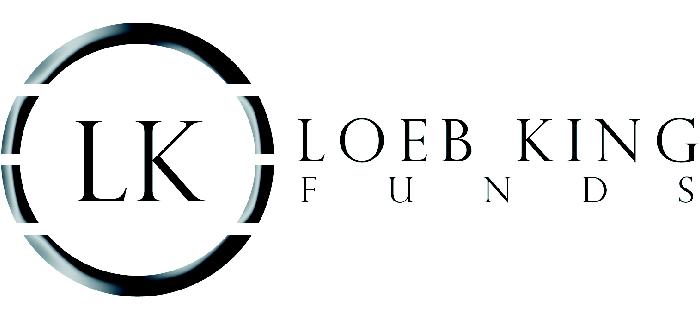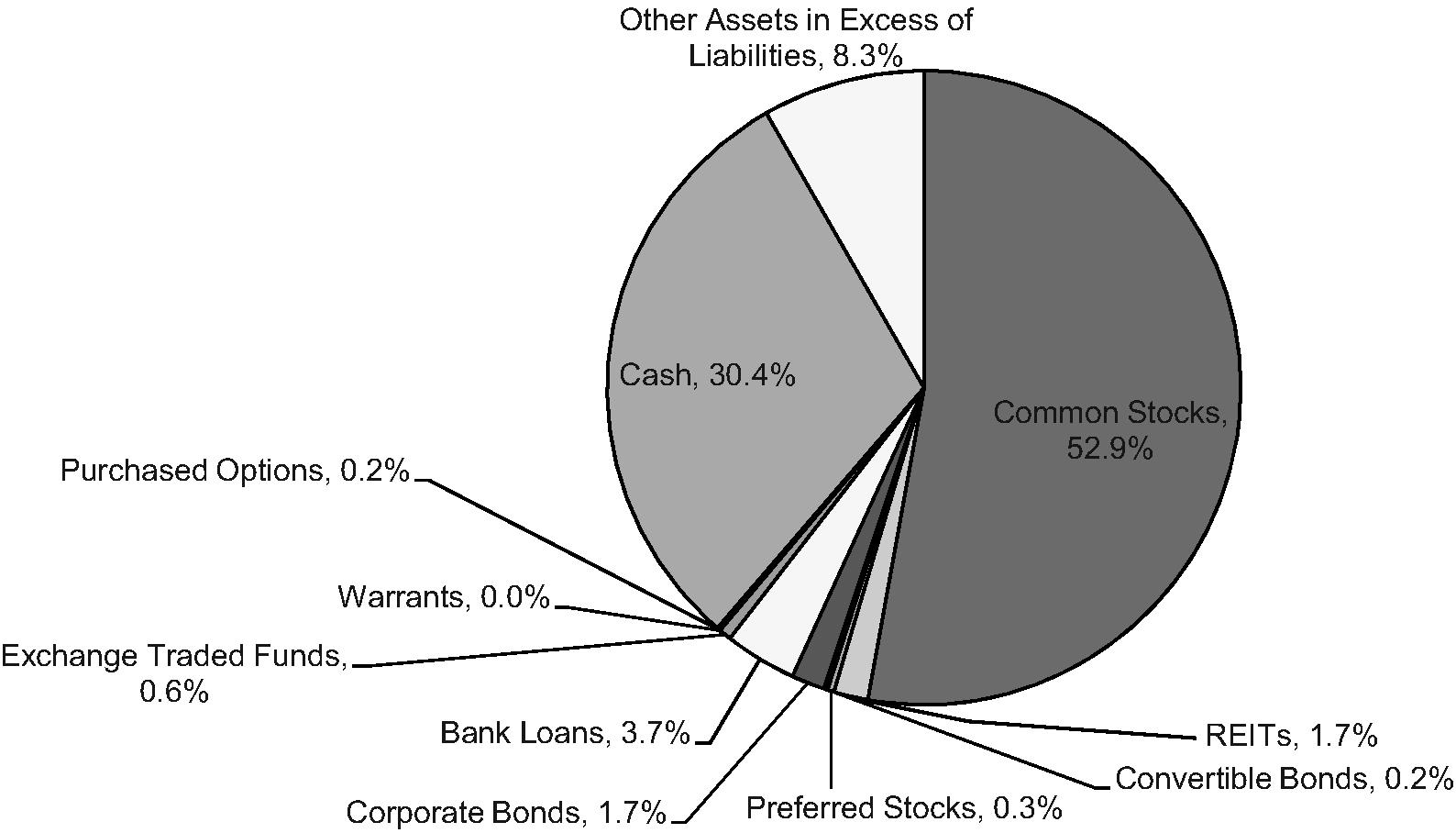3. Investment Valuation
The Fund has adopted accounting standards which establish an authoritative definition of fair value and set out a hierarchy for measuring fair value. These standards require additional disclosures about the various inputs and valuation techniques used to develop the measurements of fair value, a discussion of changes in valuation techniques and related inputs during the period, and expanded disclosure of valuation levels for major security types. These inputs are summarized in the three broad levels listed below:
Level 1 – Unadjusted quoted prices in active markets for identical assets or liabilities that the Fund has the ability to access.
Level 2 – Observable inputs other than quoted prices included in Level 1 that are observable for the asset or liability, either directly or indirectly. These inputs may include quoted prices for the identical instrument on an inactive market, prices for similar instruments, interest rates, prepayment speeds, credit risk, yield curves, default rates and similar data.
Level 3 – Unobservable inputs for the asset or liability, to the extent relevant observable inputs are not available, representing the Fund’s own assumptions about the assumptions a market participant would use in valuing the asset or liability, and would be based on the best information available.
Following is a description of the valuation techniques applied to the Fund’s major categories of assets and liabilities measured at fair value on a recurring basis.
Equity Securities: Equity securities, including common stocks, preferred stocks, foreign- issued common stocks, exchange-traded funds, closed-end mutual funds and real estate investment trusts (REITs), that are listed on a securities exchange, market or automated quotation system (except for securities traded on the NASDAQ Global Market System), including securities traded over the counter, are valued at the last quoted sale price on the primary exchange or market (foreign or domestic) on which they are traded on the day of valuation or, if there has been no sale on such day, long positions are valued at the most recent bid price, and short positions are valued at the most recent ask price. Securities primarily traded on the NASDAQ Global Market System for which market quotations are readily available shall be valued using the NASDAQ Official Closing Price (“NOCP”). To the extent these securities are actively traded and valuation adjustments are not applied, they are categorized in level 1 of the fair value hierarchy.
Debt Securities: Fixed income securities, including asset backed securities, corporate bonds, municipal bonds, US Treasury Bonds and bank loans are normally valued on the basis of quotes obtained from brokers and dealers or an independent pricing service (“Pricing Service”). Debt securities, other than short-term instruments, are valued at the last reported sales price if the security is actively traded. If the debt security is not actively traded or if prices are not readily available, a Pricing Service may provide a price determined by a matrix pricing method or other analytical pricing models. The Fund’s Pricing Services use multiple valuation techniques to determine fair value. In instances where sufficient market activity exists, the pricing services may utilize a market-based approach through which quotes from market makers are used to determine fair value. In instances where sufficient market activity may not exist or is limited, the pricing services also utilize proprietary valuation models which may consider market characteristics such as benchmark yield curves, option-adjusted spreads, credit spreads, estimated default rates, coupon rates, anticipated timing of principal repayments, underlying collateral, and other unique security features in order to estimate the relevant cash flows, which are then discounted to calculate the fair value and generally will be classified as Level 2. Securities that use similar valuation techniques and inputs as described above are categorized as Level 2 of the fair value hierarchy.
Investment Companies: Investments in open-end mutual funds, including money market funds, are generally priced at their net asset value per share provided by the service agent of the funds and will be classified in Level 1 of the fair value hierarchy.
Exchange-Traded Notes: Investments in exchange-traded notes are actively traded on a national securities exchange and are valued based on the last sales price from the exchange and are categorized in Level 1 of the fair value hierarchy.
Derivative Instruments: Listed derivatives, including options, rights, warrants and futures that are actively traded are valued based on quoted prices from the exchange (last quoted sales price, if available, and if no sale on such date, then the most recent bid price for long positions and the most recent ask price for short positions). Over-the-counter financial derivative instruments, such as foreign currency contracts, futures, or swap agreements, derive their value from underlying asset prices, indices, reference rates, and other inputs or a combination of these factors. These contracts are normally valued on the basis of broker-dealer quotations or a Pricing Service at the settlement price determined by the relevant exchange. Depending on the product and the terms of the transaction, the value of the derivative contracts can be estimated by a Pricing Service using a series of techniques, including simulation pricing models. The pricing models use inputs that are observed from actively quoted markets such as issuer details, indices, spreads, interest rates, curves, dividends and exchange rates. Derivatives are typically categorized in either Level 1 or Level 2 of the fair value hierarchy depending on the valuation techniques and inputs described above.
Short-Term Debt Securities: Short-term securities having a maturity of less than 60 days are valued at amortized cost, which approximates market value. To the extent the inputs are observable and timely, these securities would be classified in Level 2 of the fair value hierarchy.
Securities for which market quotations are not readily available or if the closing price does not represent fair value, are valued following procedures approved by the Board of Trustees (“Board”). These procedures consider many factors, including the type of security, size of holding, trading volume and news events. Depending on the relative significance of the valuation inputs, these securities may be classified in either Level 2 or Level 3 of the fair value hierarchy.
The Board has delegated day-to-day valuation issues to a Valuation Committee which is comprised of representatives from the Fund’s Adviser, the members of the Board, and the Trust’s Principal Financial Officer. The function of the Valuation Committee is to value securities where current and reliable market quotations are not readily available. All actions taken by the Valuation Committee are reviewed and ratified by the Board.
Regardless of the method employed to value a particular security, all valuations are subject to review by the Fund’s Board of Trustees or its designee. In accordance with the Trust’s fair value procedures, the Adviser is required to consider all appropriate factors relevant to the value of securities for which it has determined other pricing sources are not available or reliable as described above. No single standard for determining fair value exists, since fair value depends upon the circumstances of each individual case. As a general principle, the current fair value of an issue of securities being valued by the Adviser would appear to be the amount which the owner might reasonably expect to receive for them upon their current sale. Methods which are in accordance with this principle may, for example, be based on a (i) a discount from market of a similar freely traded security (including a derivative security or a basket of securities traded

